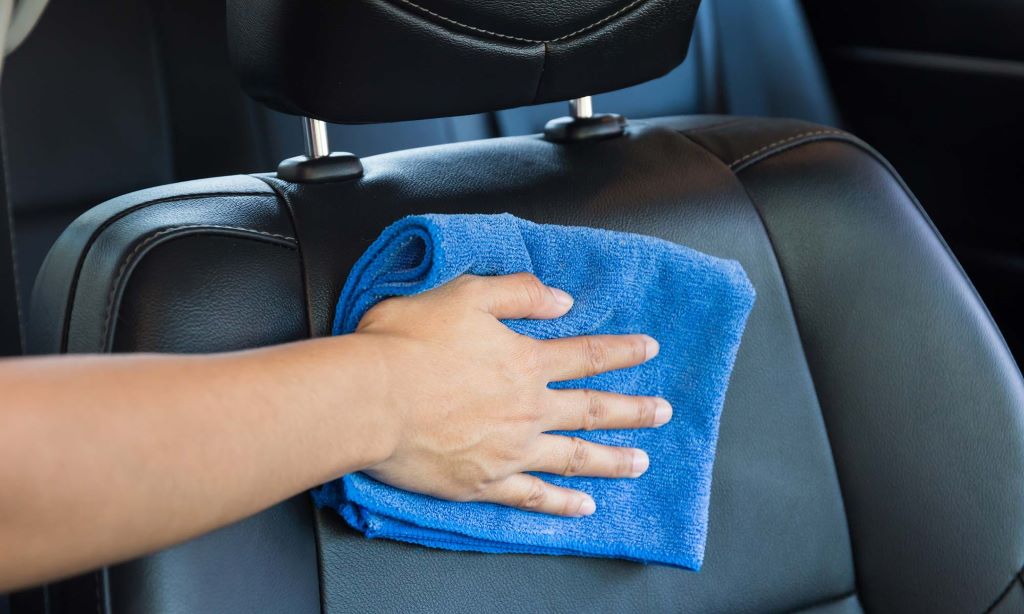Leather car seats exude luxury and comfort. However, their upkeep requires special attention to preserve their supple texture and aesthetic appeal. Whether you’re a car enthusiast or simply value a clean interior, this guide will delve into the secrets of maintaining leather car seats like new.
Understanding Leather Car Seats
Leather is a natural material that requires specific care to prevent drying, cracking, and fading. Car seat leather is often treated with protective coatings, but these don’t make it invincible. Regular cleaning and conditioning are essential to maintain its longevity.
The Importance of Regular Cleaning
Dust, dirt, and spills can wreak havoc on leather. Neglecting regular cleaning allows these substances to penetrate the leather’s pores, causing discoloration and deterioration. Here’s a simple cleaning routine:
- Vacuum: Begin by thoroughly vacuuming the seats to remove loose dirt and debris. Use a soft brush attachment to avoid scratching the surface.
- Clean: Choose a pH-neutral leather cleaner specifically designed for car seats. Avoid harsh chemicals like ammonia or bleach, as they can damage the leather. Apply the cleaner to a microfiber cloth and gently wipe the seats in a circular motion. Pay extra attention to crevices and seams.
- Dry: Use a clean, dry microfiber cloth to wipe away any residue. Allow the seats to air dry completely before conditioning.
Related: Ultimate Car Maintenance Guide: Keep Your Ride in Peak Condition
Conditioning: The Key to Supple Leather
Leather conditioner replenishes the natural oils that keep the material soft and pliable. It also helps protect against future stains and UV damage. Here’s how to condition your seats:
- Apply: Apply a small amount of leather conditioner to a microfiber cloth. Work it into the leather using a circular motion, ensuring even coverage.
- Absorb: Allow the conditioner to penetrate the leather for the recommended time (usually 15-30 minutes).
- Buff: Use a clean microfiber cloth to buff away any excess conditioner, leaving a smooth, matte finish.
Dealing with Stains and Spills
Act quickly when spills occur. Blot the stain with a clean cloth to absorb as much liquid as possible. For stubborn stains, use a leather-specific stain remover. Avoid rubbing vigorously, as it can spread the stain and damage the leather.
What Maintenance Can I Do on My Own Car? A Comprehensive Guide
Additional Tips for Leather Car Seat Care
- Protect from the Sun: Park in the shade or use a sunshade to minimize UV exposure, which can fade and crack leather.
- Regularly Clean and Condition: Aim to clean your leather seats every 1-2 months and condition them every 3-6 months, depending on climate and usage.
- Use Seat Covers: Consider using seat covers to protect your leather from wear and tear, especially if you frequently transport children or pets.
- Professional Cleaning: For deep cleaning or stubborn stains, consult a professional leather cleaner to avoid accidental damage.
For the Car Enthusiast: Advanced Leather Care
- Leather Protectants: These products add an extra layer of protection against stains and fading.
- Leather Cleaners with UV Protection: These cleaners offer both cleaning and UV protection in one step.
- Leather Dyes: If your leather has faded, you can use leather dye to restore its original color.
Common Mistakes to Avoid
- Using Harsh Chemicals: Avoid household cleaners, as they can strip away the leather’s natural oils.
- Over-Conditioning: Too much conditioner can leave a greasy residue and clog the leather’s pores.
- Ignoring Spills: Promptly clean spills to prevent them from setting and staining the leather.
By following these tips and incorporating a regular cleaning and conditioning routine, you can ensure your leather car seats remain supple, vibrant, and like new for years to come.






